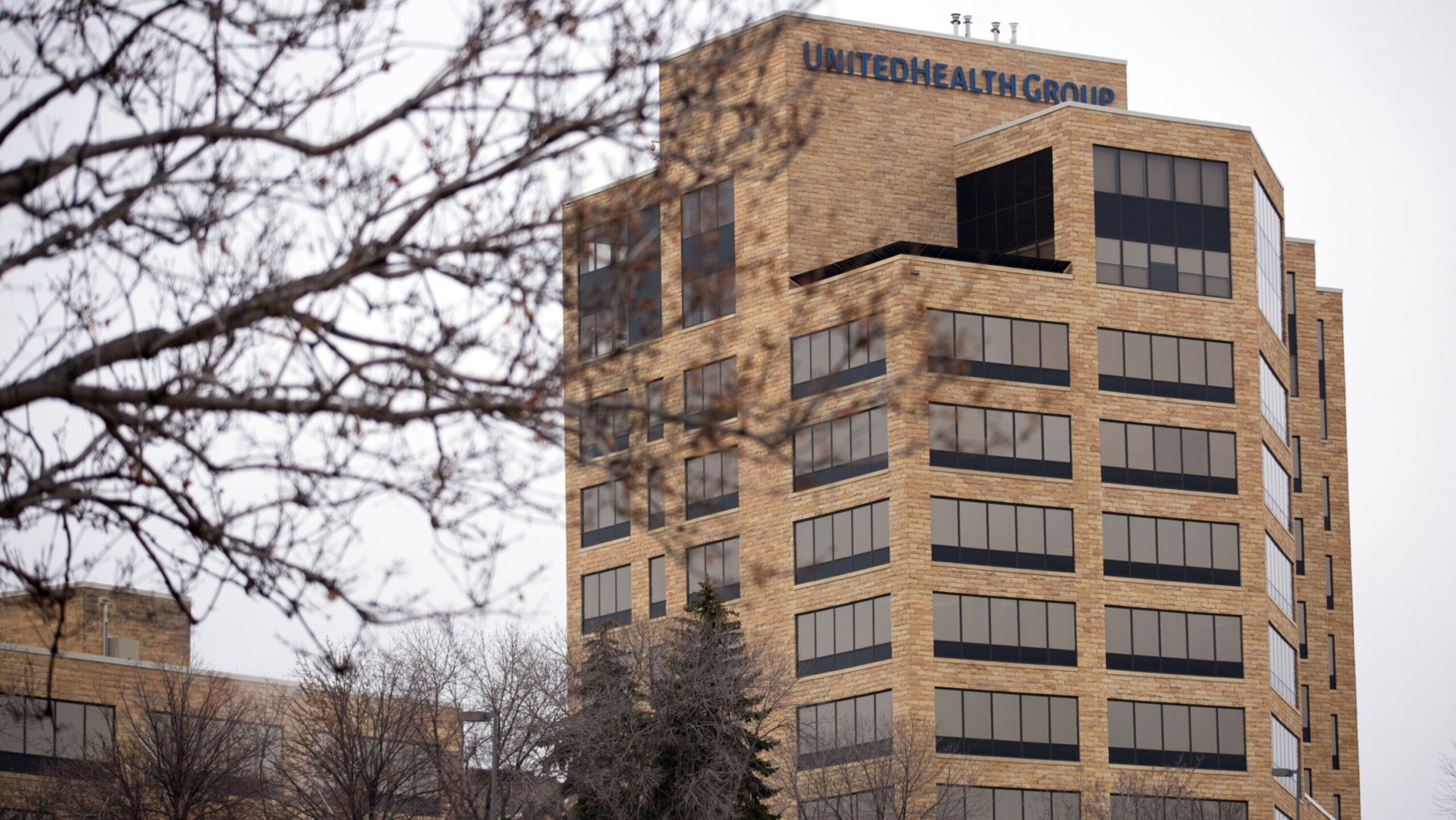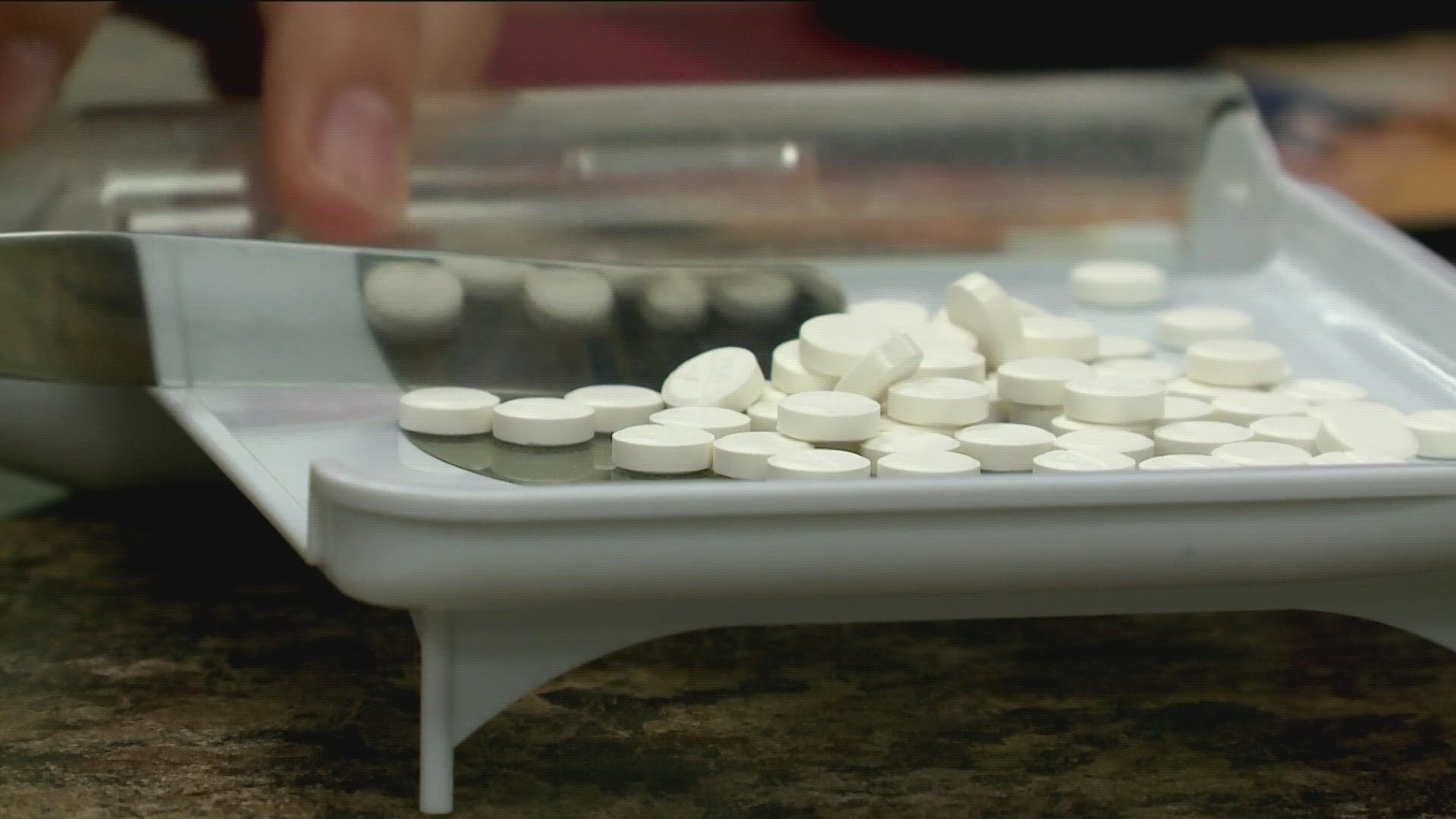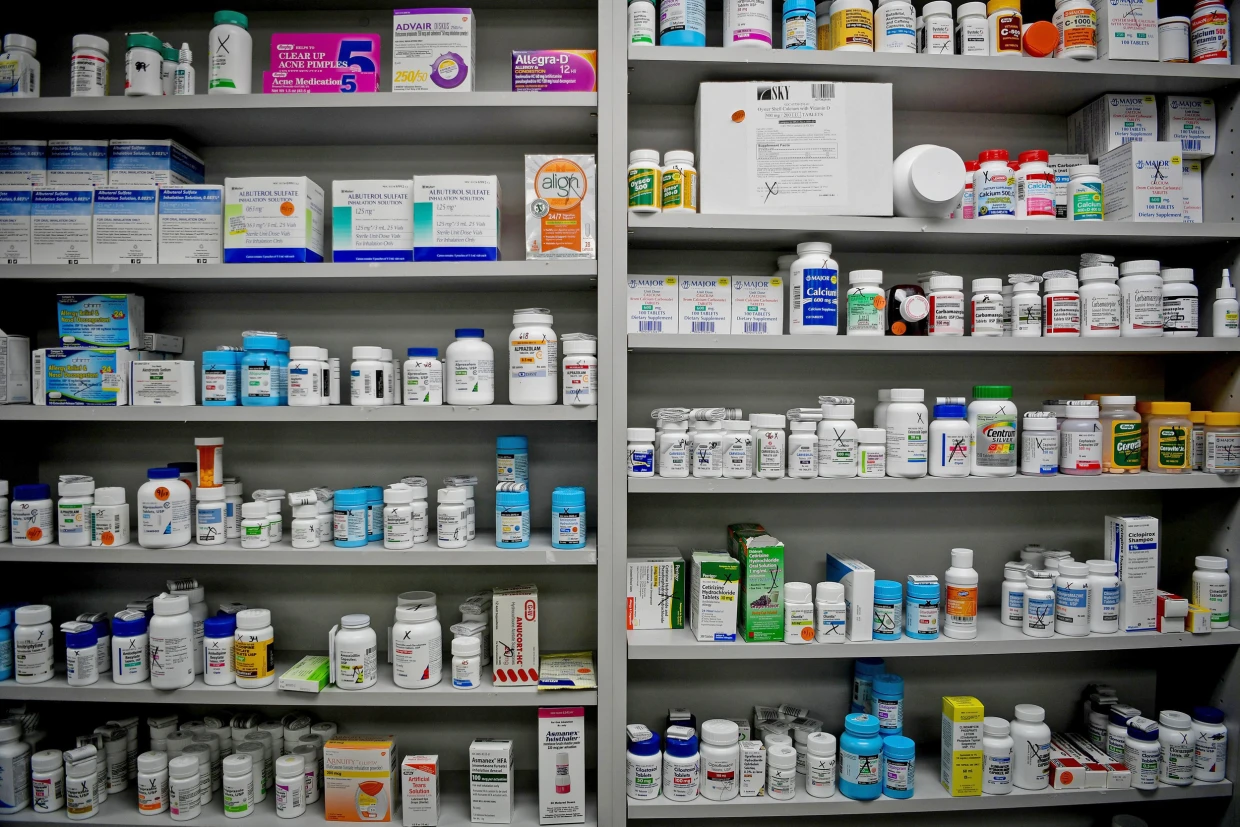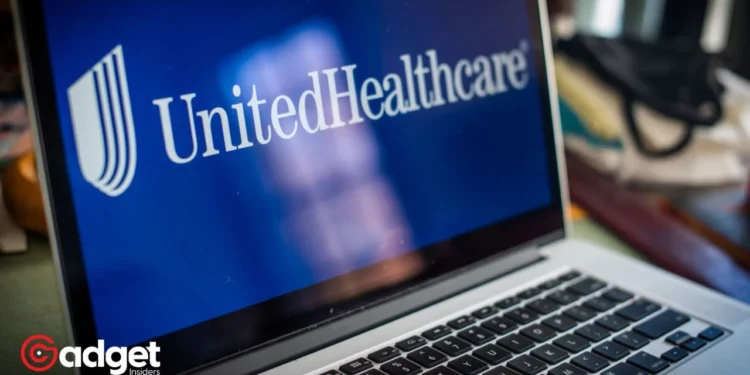In an era where digitalization is intertwined with every aspect of our lives, the healthcare sector has become the latest battleground for cybercriminals. The recent cyberattack on Change Healthcare, a subsidiary of UnitedHealth Group—the largest health insurer in the United States—has exposed the fragility of our healthcare data infrastructure.
This incident has disrupted prescription drug orders across thousands of pharmacies nationwide, impacting the lives of countless Americans and highlighting a growing concern about cybersecurity within the healthcare industry.
Cyberattack: A Wake-Up Call for Healthcare Cybersecurity
The cyberattack, which was first detected last Wednesday, has forced UnitedHealth Group to disconnect Change Healthcare’s vast digital network from its clients. This decision, though necessary, has left the system partially inoperative, affecting nearly one in three US patient records and about 15 billion transactions annually.
The repercussions of this breach extend beyond mere numbers, as it disrupts the very lifeline of patients who rely on timely medication.

The Human Cost of Digital Vulnerabilities
Among those hardest hit are patients like those served by Publix Supermarket pharmacies, where technicians have been counting out prescriptions manually. The disruption has forced some to pay out of pocket for essential medications, revealing a distressing gap in our healthcare system’s preparedness for cyber threats.
Pharmacies, both large chains and smaller outfits like those operated by Dared Price in Kansas, find themselves at the mercy of inconsistent service provision. Price’s observation that it has been “hit or miss” in caring for patients underscores the dire consequences of such cyberattacks on the most vulnerable.
The military’s healthcare provider, Tricare, has also been significantly affected, resorting to manually filling prescriptions and facing inevitable delays.

The Broader Implications of Cyberattacks on Healthcare
This incident is a stark reminder of the increasing vulnerability of the healthcare sector to cyber threats. UnitedHealth’s extensive network, comprising various healthcare services, represents a lucrative target for hackers.
Fred Langston, a cybersecurity expert, succinctly puts it: targeting such a vast repository of records is akin to “hitting the jackpot” for cybercriminals.
The healthcare industry, unfortunately, leads in the number of cyber security breaches, with 241 attacks recorded in just nine months, surpassing other sectors such as government and IT. These breaches range from hacking and supply chain attacks to phishing and ransomware, with the latter posing a significant threat by encrypting data until a ransom is paid.
Patients cannot confirm insurance status for more expensive treatments.https://t.co/lGtpoY8Seq
— Tech Times (@TechTimes_News) February 27, 2024
The recent ransomware attack on 18 hospitals in Romania, crippling the Hipocrate Information System responsible for managing medical activities and patient data, is a testament to the global scale of this issue. It underscores the urgent need for enhanced cybersecurity measures within the healthcare sector to protect against the potential risk to lives.
Moving Forward: Restoring Trust and Security
In response to the crisis, Change Healthcare has committed to a proactive approach to restoring the impacted environment, though the journey to full recovery remains fraught with challenges. The statement issued by the company acknowledges the ongoing disruption and the anticipated duration of the recovery process, promising updates as more information becomes available.
As we navigate the aftermath of this cyberattack, it becomes evident that the healthcare sector must prioritize cybersecurity to safeguard patient data and ensure the uninterrupted provision of care. The incident serves as a wake-up call, urging stakeholders to reinforce their digital defenses and restore trust among patients who depend on these critical services.

The cyberattack on UnitedHealth’s Change Healthcare division has laid bare the vulnerabilities in our healthcare data infrastructure. As we move forward, the industry must unite to bolster its defenses, ensuring that such disruptions become a relic of the past.
The path to recovery is not just about restoring services but about rebuilding the trust that has been shaken by this incident.










